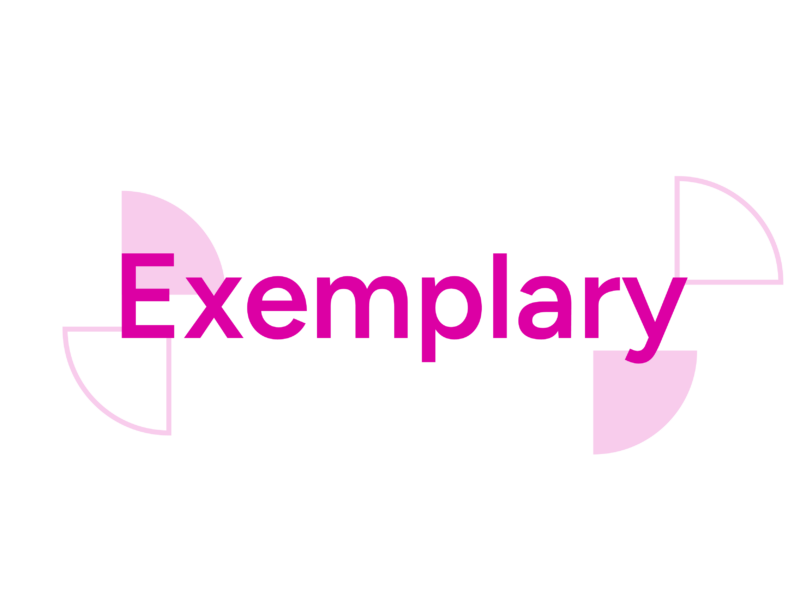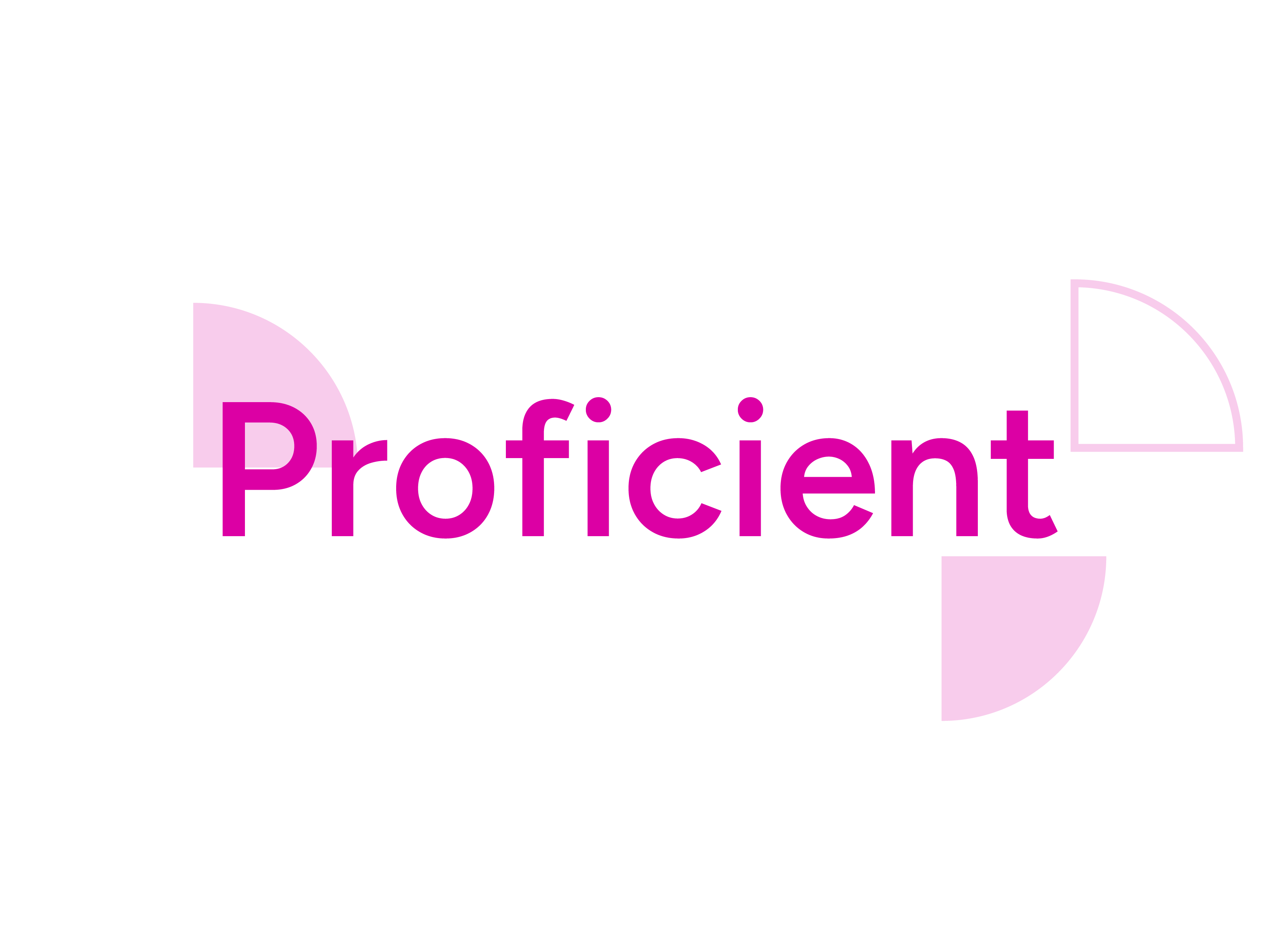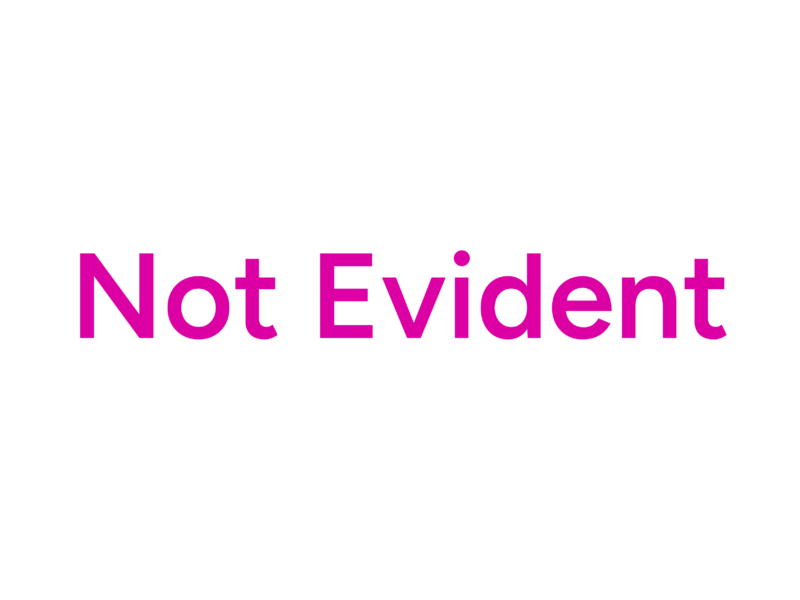Quantitative Literacy Rubric
The ability to interpret quantitative information, apply appropriate mathematical methods to solve quantitative problems and communicate solutions in the appropriate context.
Description
Quantitative Literacy enables us to solve problems with math. It starts with a basic ability to work accurately and meaningfully with numbers and variables. From this follows a deeper understanding of logic and reason that allows us to identify the best quantitative approach to problems, solve them, and communicate how those solutions are reached. Quantitative Literacy includes the ability to interpret quantitative information produced by yourself or others, and recognizing and evaluating the power, the limitations, and the ethical and social implications of quantitative reasoning.
A traditional rubric PDF for Quantitative Literacy can be found here
Identify Opportunity


Apply and Solve




Communicate



Interpret




STRENGTHS AND WEAKNESSES OF QUANTITATIVE APPROACHES IN THE HUMAN CONTEXT




